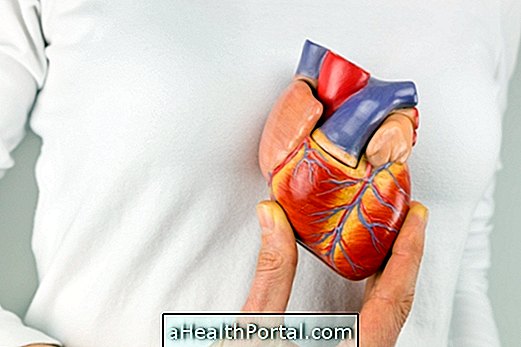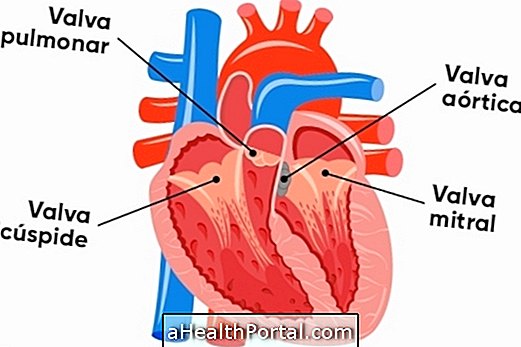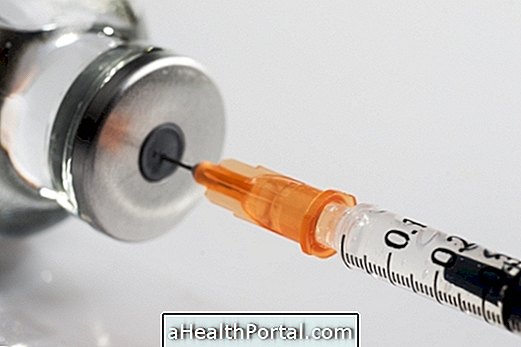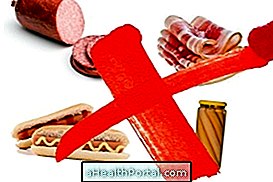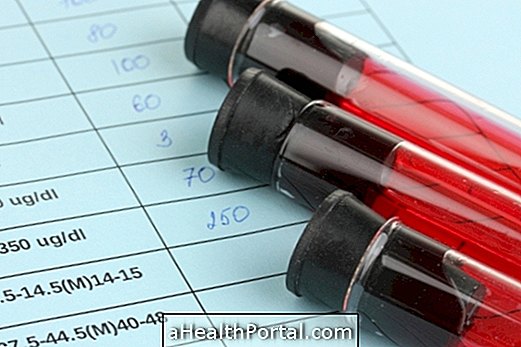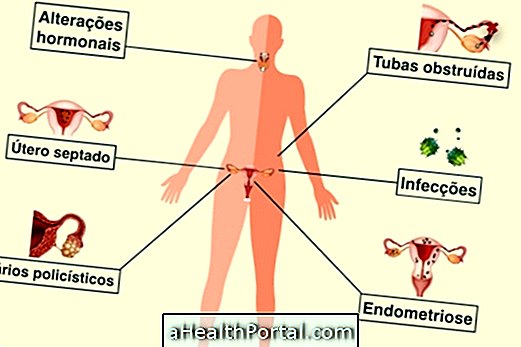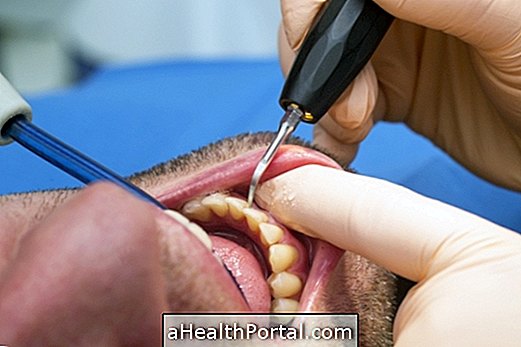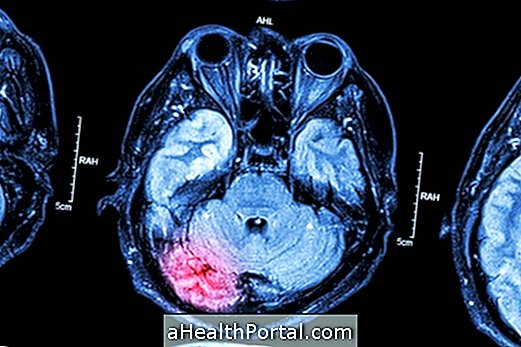Stent is a small tube made of a perforated and expandable metal mesh, which is placed inside an artery, in order to keep it open, thus avoiding the reduction of blood flow by clogging.
What is it for
The stent serves to open vessels that have reduced diameter, improving blood flow and the amount of oxygen that reaches the organs.
Stents are usually used in cases of patients with coronary heart disease such as acute myocardial infarction or unstable angina, or even in cases of silent ischemia where the patient discovers that a blocked vessel is present through check-ups. These stents are indicated in cases of obstructive lesions of more than 70%. They can also be used in other places such as:
- Carotid, coronary and iliac arteries;
- Bile ducts;
- Esophagus;
- Colon;
- Trachea;
- Pancreas;
- Duodenum;
- Urethra.
Types of Stent
The types of stents vary according to their structure and composition.
According to structure, they can be:
- Pharmacological Stent : they are coated with drugs that will be slowly released into the artery in order to reduce the formation of thrombi in the artery;
- Coated Stent : Prevent weakened areas from bending. Very useful in aneurysms;
- Radioactive stent : emit small doses of radiation into the blood vessel to reduce the risk of scar tissue accumulation;
- Stent bioactive : are coated by natural or synthetic substances;
- Biodegradable stent : dissolve over time, having the advantage that they can be subjected to magnetic resonance after being dissolved.
According to the structure, they can be:
- Spiral stent : flexible but less strong;
- Coil Stent : they are more flexible, being able to adapt to the curves of the blood vessels;
- Mesh Stent : is a mixture of coil stents and spiral stents.
It is important to emphasize that the stent can cause restenosis, when the artery narrowing occurs again, in some cases, it is necessary to implant another stent inside the stent that has closed.
